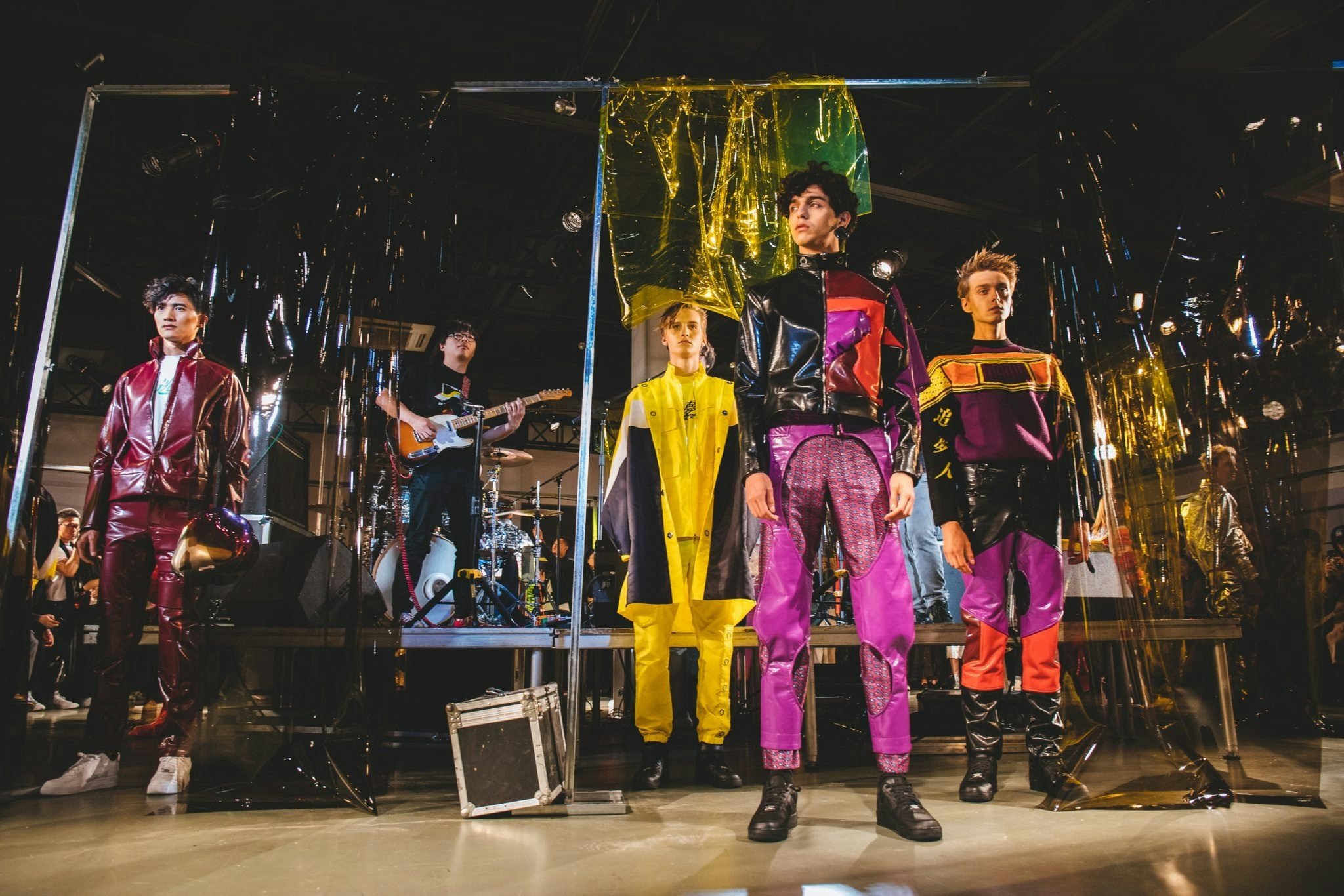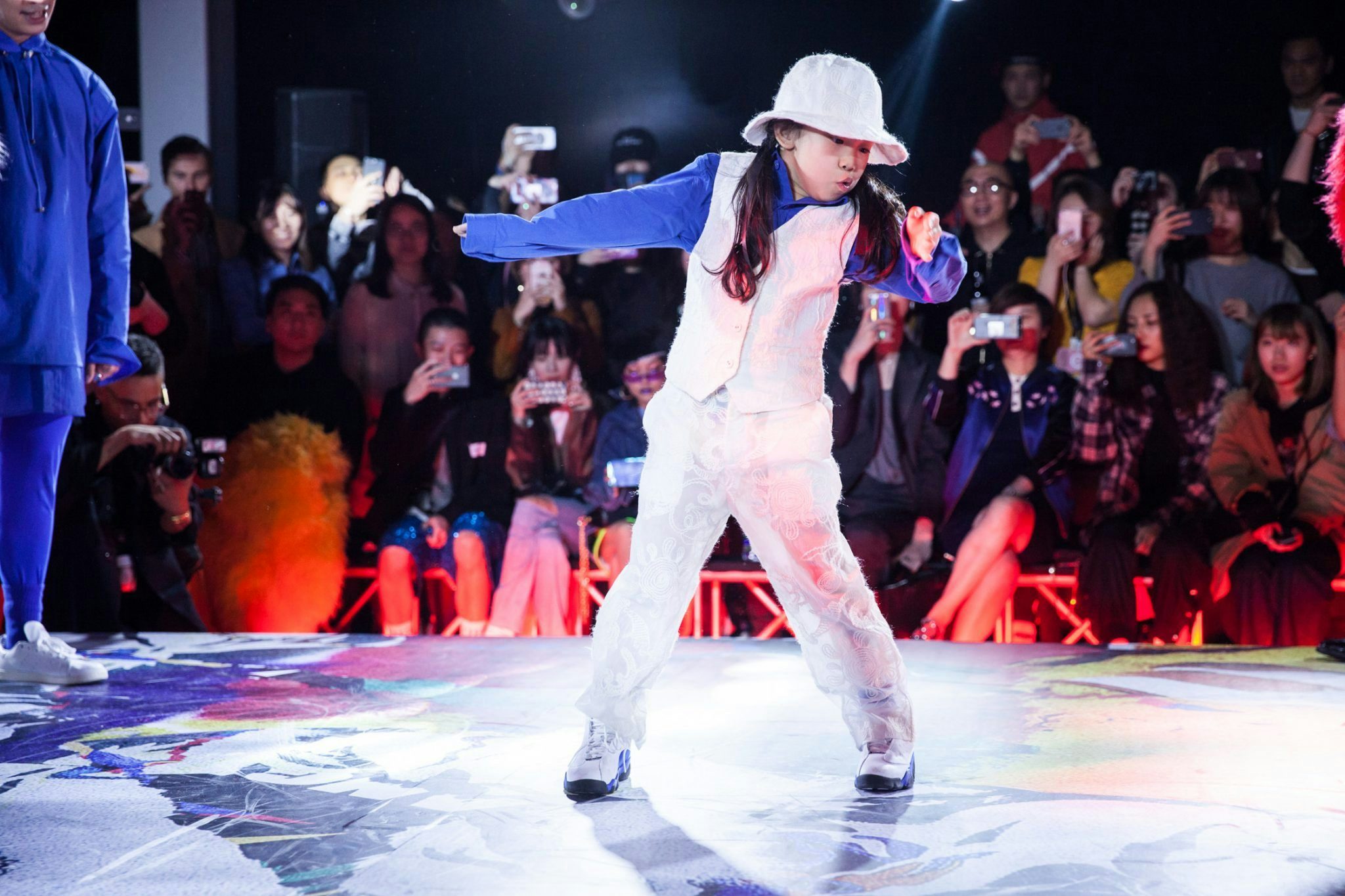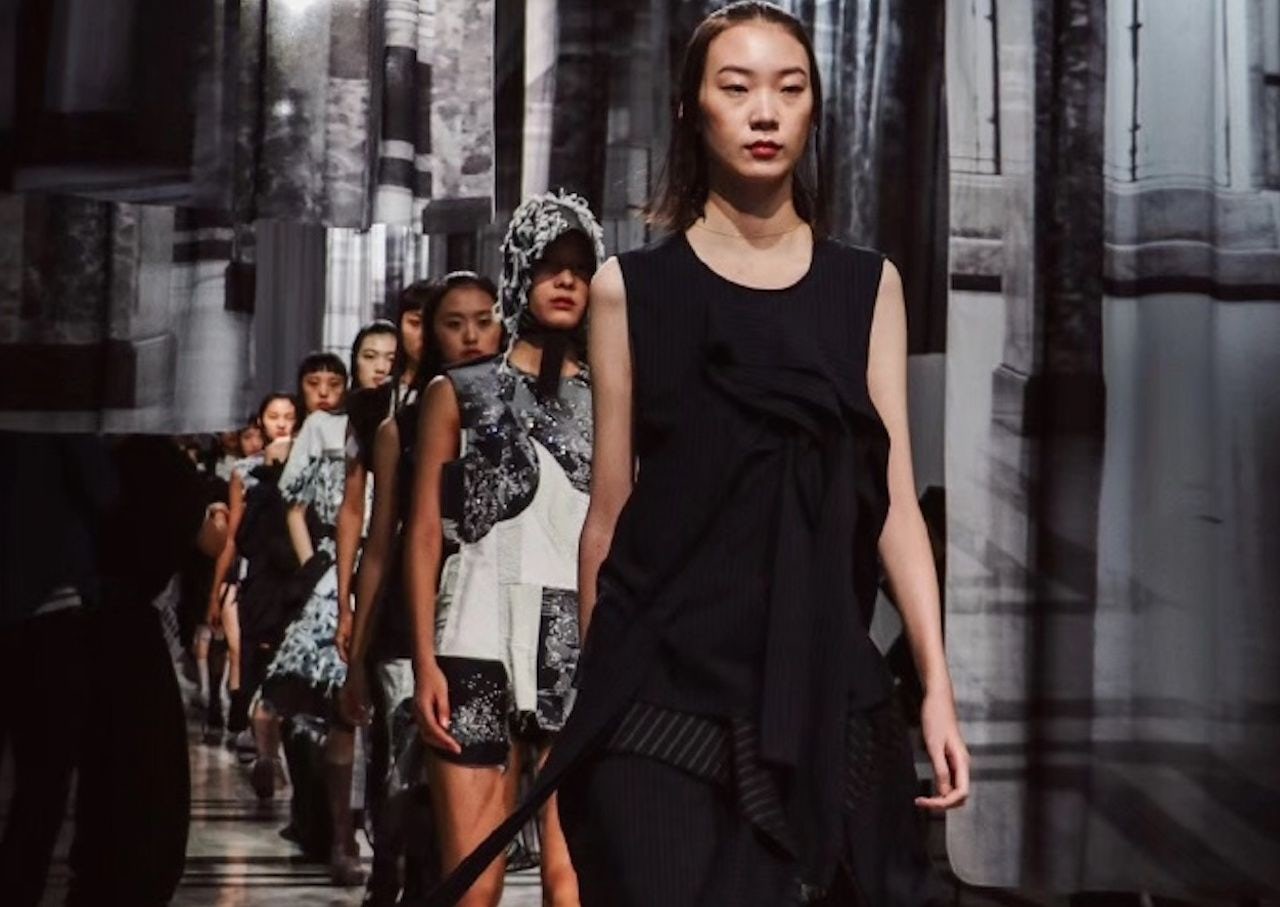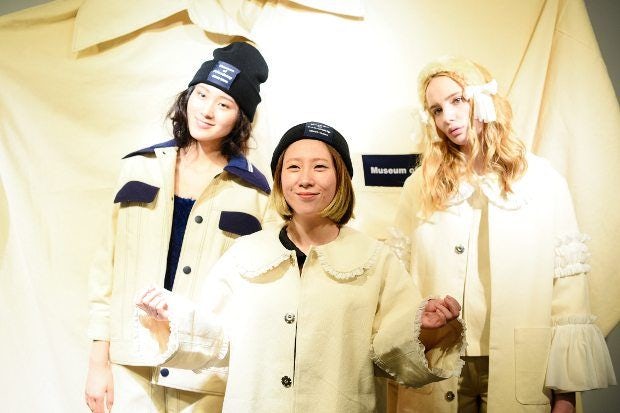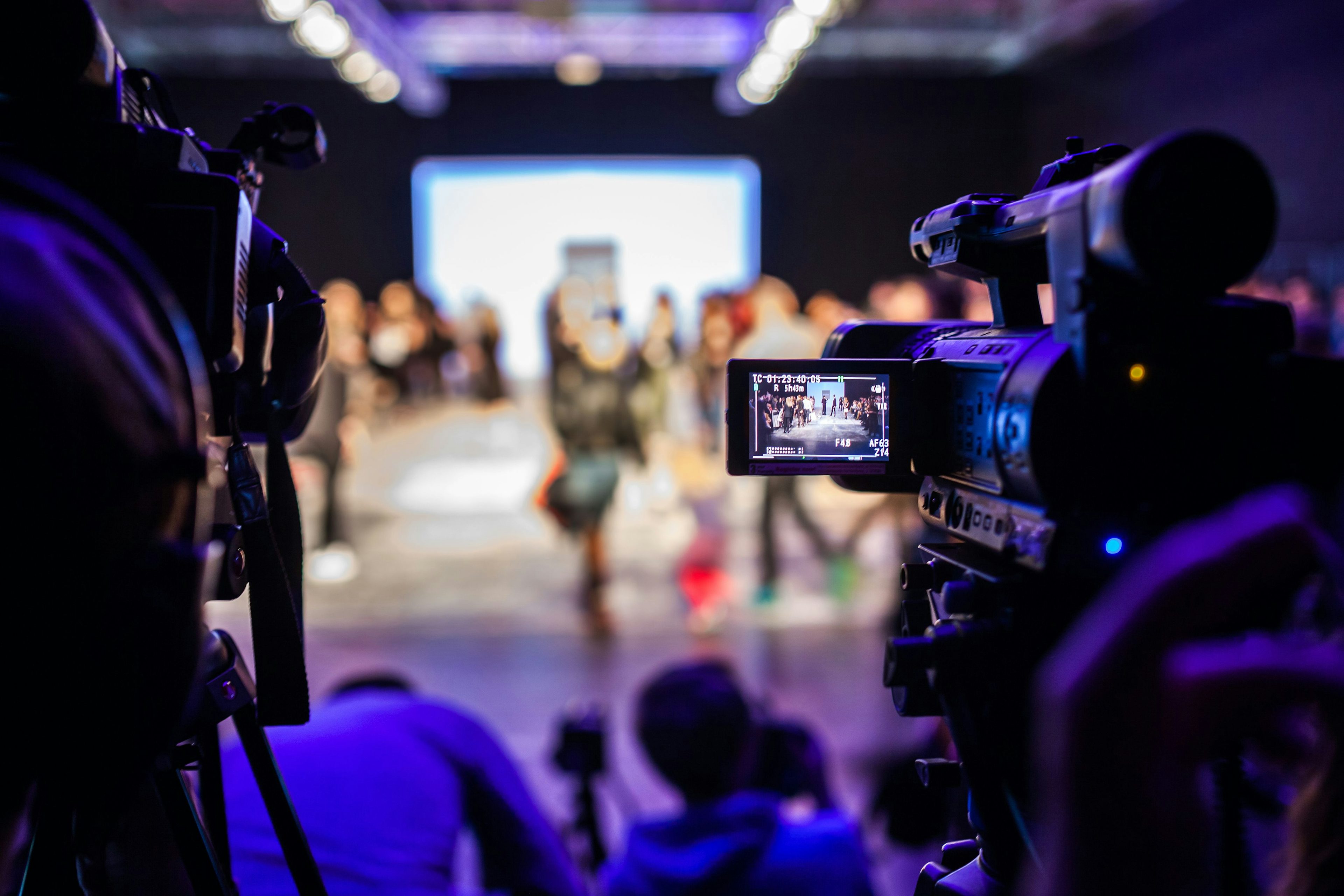“Everyone loves Labelhood, it’s like a family reunion every season,” says young Chinese fashion designer, Angel Chen, whose East-meets-West designs have been garnering loads of industry praise lately.
The independent fashion showcasing platform Labelhood that Chen is referring to has grown from an underground community of emerging, off-runway designers to a cornerstone of China’s huge fashion infrastructure in just under two years - an impressive feat. But as popular as it’s become, can the pay-to-play service remain the vital springboard for hidden talent it set out to be?
Labelhood was formed in Shanghai in 2016, where it showcased 12 relatively-unknown brands in its first season. The platform set out to become a creative space where emerging or alternative Chinese labels could showcase their goods through the use of runways shows, fashion presentations, pop-up shops, and interactive fan experiences. It was a Godsend for many young brands that specialized in apparel which was, at the time, unpopular at traditional Chinese fashion shows: streetwear, sleepwear, and rebellious statement clothing.
Fast-forward to today, and Labelhood—which originally hosted shows from the confines of a warehouse on the outskirts of Shanghai—now occupies a vast, multi-story design hall directly adjacent to Shanghai's luxury Xintiandi shopping mall. As of the fifth edition of Shanghai Fashion Week last October, Labelhood played host to 20 different brands, hand-selected from over 100 applicants.
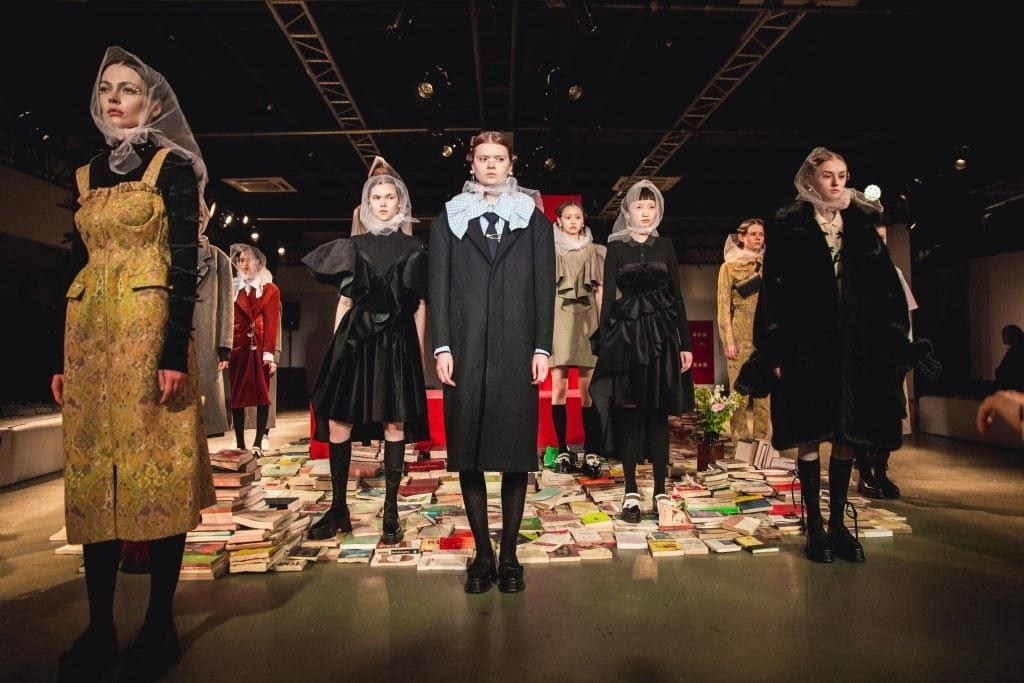
Rich Young Designers Paying for Exposure#
Despite Labelhood’s well-intentioned beginnings, their pre-approved designers are expected to pay to take part in activities. As of today, Labelhood’s price is 20,000RMB (3,124.00), including PR, lighting and venue, but excluding the cost of models and the presentation itself—and that price had been rising.
According to Labelhood founder Tasha Liu, the platform is striving to stay true to its nonconformist roots. “I would very much like to offer a free platform to some newer brands,” Liu told Jing Daily, “but I worry if I do, designers won’t cherish the opportunity, and it will be hard to keep the same high standards we’ve nurtured here."
“We still want to encourage cool, young designers who don’t have much financial backing,” said Liu. “I don’t think you could find any showcasing platform cheaper than us.”
Yet in a country where the average city wage is 14,364, raising that amount of money is no easy feat for many designers right out of school. When asked if there are any plans to raise the admission fee again, Liu said that there aren’t—for the most part. “No, but we are planning next season to have a more exclusive venue for relatively mature designers.” The price of this new platform has yet to be confirmed.
Angel Chen is one of the designers who has shown with Labelhood since its inception and has since had runway shows in London and Milan. “It’s an investment,” said Chen, who notes she is a huge fan of Labelhood. “Even with model and production fees, the total cost is still much lower than global fashion week's official runway platforms.”
Fiona Lau, a fellow designer at Labelhood and co-designer of the brand FfiXXed Studios, agrees. “Well, these things cost money, so it’s expected that you have to pay. Labelhood works very hard with sponsorships and other partnerships to ensure costs for designers stay at a minimum.” said Lau. “But because it’s still an independent enterprise, there is a lot of freedom to do what you want.” It’s this rebellious spirit that originally drew many young designers, desperate to find a platform for their designs, to Labelhood.
The democratic nature of the platform is important to Chen, who sees Labelhood as a “fashion democracy”. “This means Labelhood showcases designer’s collections not only to a professional audience of buyers, media, and KOLs [key opinion leaders] but also to a huge group of non-industry audience members and fashion fans,” explained Chen. Labelhood also boasts highly innovative and tech-savvy presentation solutions, something that’s very attractive to emerging labels generally catering to young consumers. The platform’s newest season, for instance, saw the use of live-streaming, Artificial Intelligence, and Virtual Reality at their fashion shows.
Liu also trumpeted the egalitarian nature of Labelhood. “We have a large group of cool young kids attending the festival every season,” she said, “and as far as we know, these kids aren’t rich either. They’re very rational shoppers and hold strong opinions towards fashion and their styles.” But crowds of fashionable youngsters outside of last month’s Labelhood event told a somewhat different story. “We used to always be able to get tickets to see the shows at Labelhood,” said one fan. “It was cool and interesting. Now it’s just as hard as getting a ticket for the main fashion week platform.” She showed off a bright pink spandex jumper, bought online from an unknown Taobao seller for 8000RMB (1,250.00.)
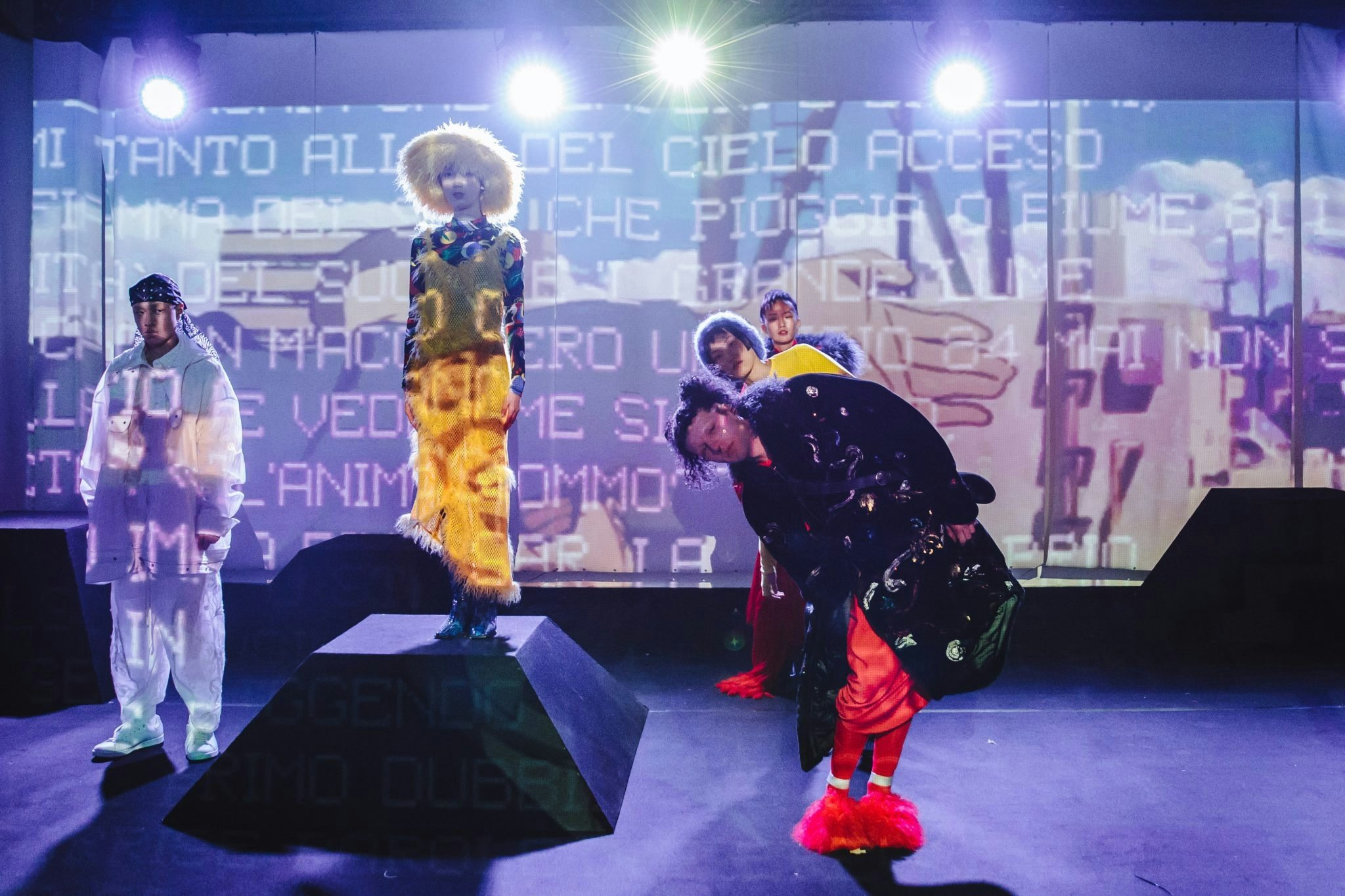
Paving the Way for a New Player?#
Democracy or not, brands are now paying for the privilege of showcasing on Labelhood, and production values have risen as brands fight to be noticed. This financial pressure is leaving many emerging designers—and their fans—out in the cold.
Chen Zhi, designer for the Chinese brand i-am-chen, explained that what was once an ideal platform for emerging brands, is now firmly out of reach. “Labelhood has been the pioneer in promoting Chinese designers over the past few years,” she said.
“However, it seems there are way more new brands than new platforms at the moment, so it has become costly for brands to present.” Because of this, Zhi is of the view that more affordable platforms are coming.
And in fact, inspired by Labelhood's influence and success, alternatives to Labelhood’s booming platform are already materializing. However, Tasha Liu says these cheaper alternatives don’t actually end up being cheaper and are “not comparable” in the features they offer or the audience they draw.
Designer Zhi chose to show her latest collection at Shanghai's Tube Showroom, which offers designers the opportunity to participate in group presentations at no extra cost. “After our first event, we got very good feedback from both press and buyers,” said Tube founder Zemira Xu. “They can see several brands together, and discover new talents.”
The showroom ALTER, which is also based out of Shanghai, invites brands to participate in a similar way. ALTER founder Sonja Xiao explained that showrooms offer more value than the exposure of a runway show for younger brands. “The fact is, we all need funding to expand and operate the channel in order to provide better services, no matter if it’s ALTER or Labelhood,” said Xiao, who says that operating a free showroom offered more opportunity for labels to experiment. “For us, the designers' concepts, spirit and creations are way more important than their fame or money.”
